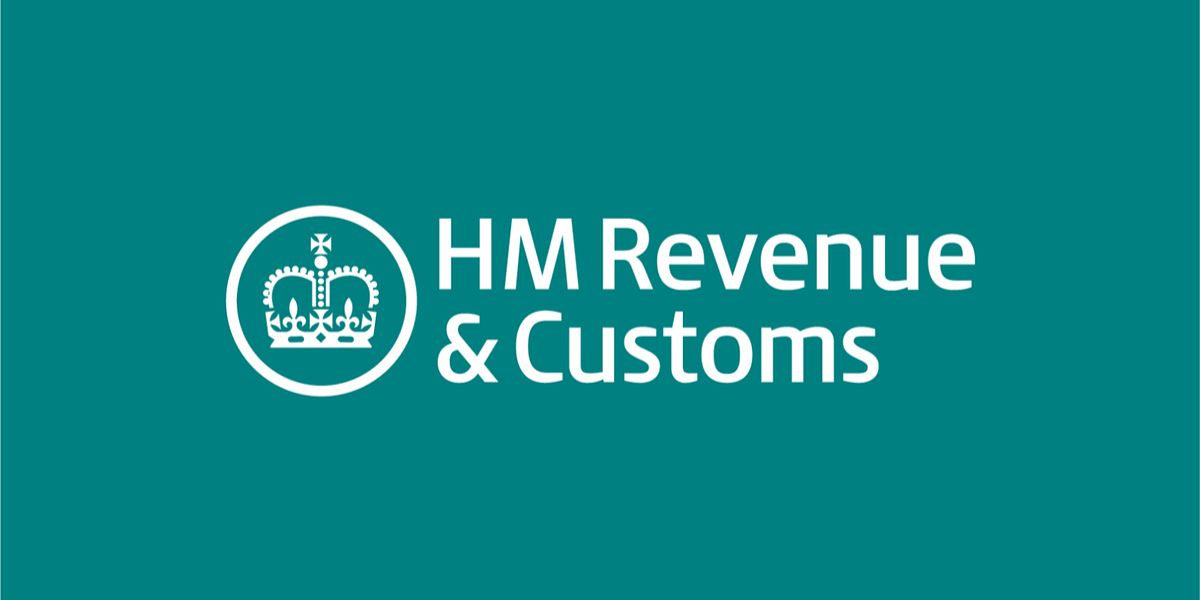On 30 November 2021 the UK government published a summary of responses to the consultation on the securitisation tax regime. The consultation paper issued on 23 March 2021 contained suggestions on the reform of the taxation of securitisation companies.
The purpose of securitisation is to raise finance on the capital markets by issuing asset-backed securities. Income-producing assets such as loans can be used as collateral backing for the issue of securities by a special purpose vehicle (SPV), and the assets are transferred into the SPV directly or indirectly. The assets are purchased by the SPV using the proceeds from the issue of securities. The investor is paid interest from the Income flowing from the securitised assets.
The UK has a special tax regime under which the SPV pays tax only on the cash profit, subject to certain conditions. The permanent regime for taxation of securitisations came into effect from 1 January 2007 through the Taxation of Securitisation Companies Regulations (SI 2006/3296).
The regulations provide that a securitisation company is a company that is a party (as a debtor) to a capital market investment, involving the issue of securities, that is part of a capital market arrangement. A capital market arrangement is defined as an arrangement involving the issue to third party investors of securities rated by an internationally recognised rating agency that are listed on a recognised stock exchange.
The securitisation tax rules cover five types of securitisation company that are specified in the Regulations and must have provision for a retained profit. A company that fulfils the conditions to be treated as a securitisation company is taxed only on its retained profit for corporation tax purposes. The transfer of loan capital is generally exempt from Stamp Duty and Stamp Duty Reserve Tax (SDRT) under the loan capital exemption.
Proposed amendments
The UK government is introducing secondary legislation in the form of statutory instruments to amend the test of independence for the purposes of the criterion that the securities representing the capital market investments must be issued wholly or mainly to independent persons. Under the amended test, the independence of an entity will be assessed by looking at the control of the entity’s affairs through a shareholding, voting rights, or powers given by the articles of association. The government is also changing the note issuance threshold for the total value of the capital market investments made per capital market arrangement, which will be reduced from GBP 10 million to GBP 5 million.
There will also be an exemption from Stamp Duty and SDRT for the transfer of capital market investments issued by note-issuing securitisation companies and qualifying transformer vehicles as part of capital market arrangements.
Legislation is being included in the Finance Bill 2021/22 to enable HM Treasury to amend Stamp Duty and SDRT in relation to securitisation and ILS arrangements by secondary legislation. The final statutory instruments in relation to the proposed Stamp Duty and SDRT changes will be laid before parliament after the Finance Bill comes into effect.


















